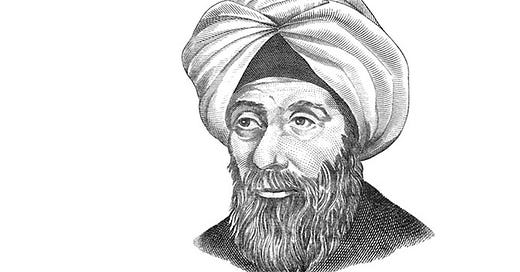In the pursuit of medical truth, the fundamental quest lies in establishing cause-and-effect relationships. This involves identifying how one event (event A) leads to another event (event B). In the context of physical therapy treatment for lower back pain, for instance, we attribute the treatment—such as exercise—to potentially causing a specific effect, like alleviating pain and reducing suffering. Continuously seeking and identifying these patterns form the cornerstone of our research in medicine.
Objective truth
In the realm of medicine and treatment effectiveness, the pursuit is to uncover an objective truth—a truth that stands independent of personal belief. This type of truth is akin to scientific laws, such as the certainty that 2 plus 2 equals 4 or that force equals mass times acceleration (F=ma). Similarly, in medicine, objective truths are like the understanding that blood contains hemoglobin and serves as the carrier of oxygen. Whether one believes in concepts like evolution or not, the evidence supporting these truths remains steadfast and compelling, unaffected by personal perspectives or beliefs. In the field of medicine, the quest is to ascertain and rely on these types of objective truths, which form the cornerstone of understanding and establishing treatment effectiveness.
In clinical practice, we discern these cause-and-effect connections through observation. When we encounter a new treatment for neck pain—such as a manual therapy involving rubbing or stretching—we readily apply it to a patient. If the patient experiences improvement within 5 to 10 days, we find this outcome gratifying. Subsequently, as we administer this treatment to more patients, and consistently witness similar positive outcomes within the same timeframe, a discernible pattern emerges. It becomes evident that this new treatment consistently provides pain relief to patients with neck pain within 5 to 10 days. This pattern of positive responses validates the effectiveness of the treatment, providing compelling evidence of its efficacy in clinical practice. You have found a truth or evidence of effectiveness of new treatment.
Is this objective truth?
what are the factors here muddling the objective truth in clinical practice?
Is seeing or observing and personal experience the best way to find truth?
Personal observation and clinical experience are pivotal in understanding truth within the medical field, but they are often influenced by numerous factors. Among these, a significant factor to consider is the "what if" scenario.
So what’s “this what is”
There may be many who were skeptical thinker who were vary of personal observation, but to use the “what if” in a systematic manner might be the great Ibn al- haytham. He did and explain different what if experiments to “find” the truth. Basically in this you ask yourself what if i don’t do it or do this way- will the cause and effect be the same. What if i dont give manual therapy, or IFT or pain killer - will the effect be same? what if i don’t treat -will they recover? what if i don’t give papaya extract will i recover from dengue (better)? what if i don’t do surgery but treat conservatively for Colles fracture, will that change the outcome
Why do i need to do this?
The rationale behind employing this method is to move closer to the truth. By systematically considering these 'what if' scenarios, it becomes possible to discern whether the treatment directly caused the recovery or if other factors were influential. you see it becomes a objective truth- it is true in all scenarios. It helps in establishing a more accurate understanding of the cause-and-effect relationship. Sadly this is difficult to do in clinical practice isn’t it. one of the reason why clinical experience alone can’t take you closer to truth.
what if i stopped preaching- will PT become less scientific?




only you can describe such complex stuffs this easy sir..